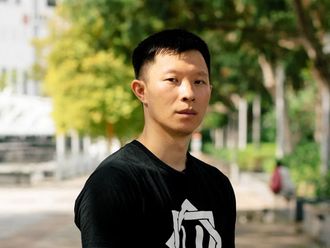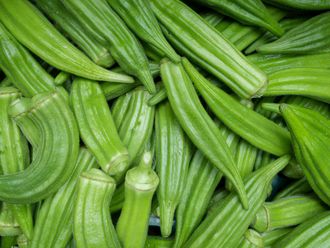
Dubai: India is planning to supply fortified rice throughout the country using the targeted public distribution system in a phased manner by 2024.
A decision on this was taken last week following an announcement by India’s Prime Minister Narendra Modi during his 75th Independence Day address on August 15, 2021, on the fortification of rice to overcome malnutrition.
The cost for this, Rs 27 billion per year, will be borne by the federal government as part of food subsidy till it is implemented completely.
Here’s a look at what fortification is and how it is done.
What is fortification?
The Food Safety and Standards Authority of India (FSSAI) defines fortification as “deliberately increasing the content of essential micronutrients in a food so as to improve the nutritional quality of food and to provide public health benefit with minimal risk to health”.
Why is rice fortified?
Rice is a staple food for more than half the global population and is widely consumed in many developing countries.
Rs 27 billion
is the amount the Indian government will spend every year to fortify rice.India is not only the second-largest producer of rice in the world, accounting for some 20 per cent of global production, it is also among the largest consumers of this grain. More than 50% of India’s 1.2 billion people depend on rice for sustenance.
Despite its high calorie content, rice is a poor supplier of micronutrients and has a low overall nutritional value beyond carbohydrates and protein. This is because the white rice milling process removes both the fat and the more nutrient-rich bran layers.
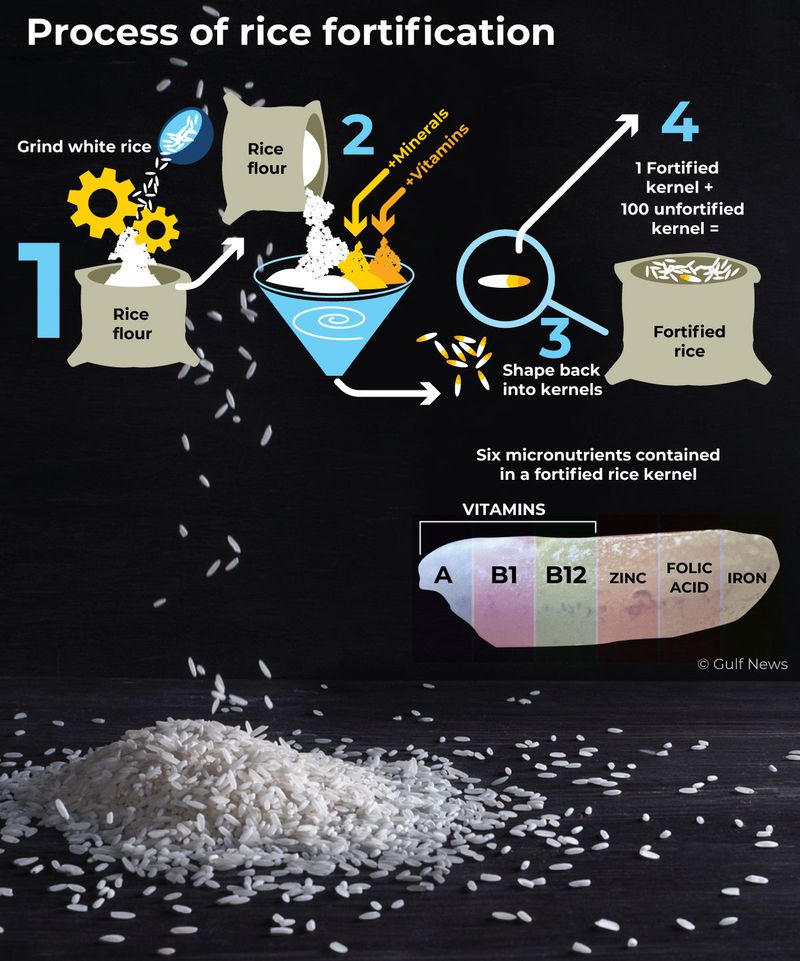
In one or more critical micronutrients, parboiled rice, brown rice, and bio-fortified rice are more nutritious than white rice.
India has high levels of malnutrition among women and children. According to the Food Ministry, every second woman in the country is anaemic and every third child is stunted. To combat malnutrition, fortification of food is considered to be one of the most suitable methods.
Sometimes, vitamin and mineral deficiencies are also an issue. While malnutrition is often associated with those not consuming enough calories, the lack of essential vitamins and minerals in high calorie diets is a prominent issue, known as ‘hidden hunger’.
This offers a unique opportunity for nutrition improvement in the form of rice fortification.
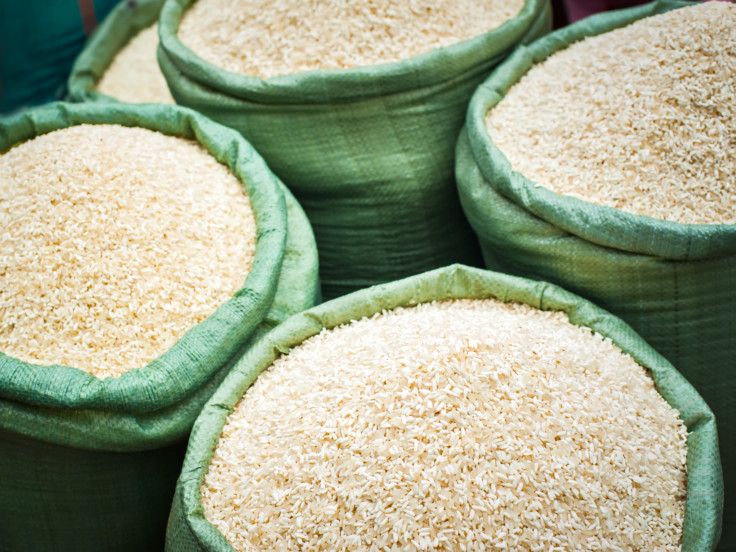
How is rice fortified?
Various technologies are available to add micronutrients to regular rice, such as dusting, coating and extrusion.
Dusting – Rice kernels are dusted with a micronutrient powder, relying on an electrostatic force to bind the dry powder to the surface of the grain. Fortified rice produced by dusting cannot be washed or cooked in excess of water.
Coating – This method involves the use of a fortificant mix and ingredients such as wax or gum to ‘fix’ the micronutrient layer being sprayed onto rice. The fortified kernels are blended with regular rice, typically at 0.5 – 2% ratio.
Hot or warm extrusion – Hot extrusion is considered the most robust method of rice fortification. Broken rice grains are ground into rice flour, then mixed with water and the required nutrients to produce a dough. The fortified dough is then passed through an extruder to produce the fortified kernels, similar in shape and size to rice. These kernels are dried, cooled and packaged for use. They are blended with regular rice typically at 0.5-2% ratio.
The temperature at which the extrusion takes place determines whether it is hot or warm extrusion and has an influence on the rice starch gelatinization and thus firmness of the produced fortified kernels.
Extrusion is considered to be the best technology for India.
Fortified rice kernel has a shelf life (FRK) of at least 12 months.
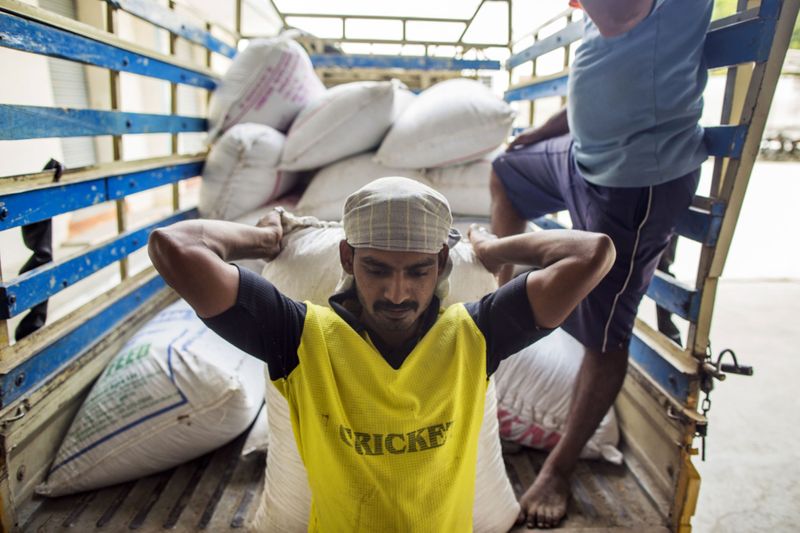
What are the benefits of fortification?
The main purpose of fortified rice is to meet nutritional goals for the consumer.
Ease of use: This is one of the biggest benefits of fortification. As a widely used staple food, it is simple to replace standard rice with fortified rice to boost the nutritional profile of a simple diet.
Cost: The specific costs of fortified rice depend on several factors, such as the scale of the operation and the blending ratio of fortified to non-fortified kernels - most commonly 0.5-2%. However, rice fortification costs are small compared to the wide-reaching benefits.
Consistency: It looks, cooks, and tastes the same as non-fortified rice.
Reducing micronutrient deficiencies: Rice fortification can support a country to significantly reduce micronutrient deficiencies (MNDs), though this does rely heavily on successful and wide-reaching implementation.
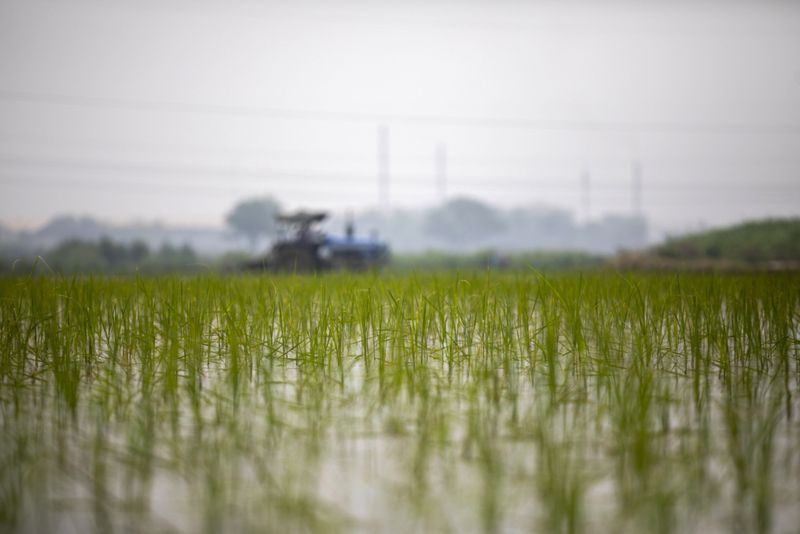
What are the guidelines issued by India on fortification?
As per guidelines issued by the Ministry of Consumer Affairs, Food and Public Distribution, the shape and size of the fortified rice kernel should “resemble the normal milled rice as closely as possible”. According to the guidelines, the length and breadth of the grain should be 5 mm and 2.2 mm respectively.
Under the Ministry’s guidelines, 10 g of FRK must be blended with 1 kg of regular rice.
According to FSSAI norms, 1 kg of fortified rice will contain the following: iron (28 mg-42.5 mg), folic acid (75-125 microgram), and vitamin B-12 (0.75-1.25 microgram).
Rice may also be fortified with zinc (10 mg-15 mg), vitamin A (500-750 microgram RE), vitamin B-1 (1 mg-1.5 mg), vitamin B-2 (1.25 mg-1.75 mg), vitamin B-3 (12.5 mg-20 mg) and vitamin B-6 (1.5 mg-2.5 mg) per kg.
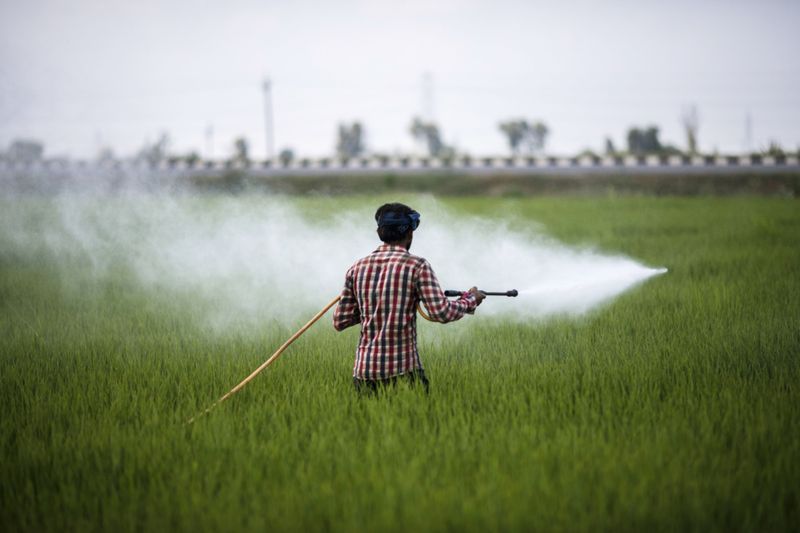
Does fortification require specialised mills?
The cost of upgrading an existing rice mill varies depending on the volume of fortified rice produced. An investment of Rs 1.5-2 million is required to upgrade a rice mill of operating capacity 4-5 tonnes/hour, the ministry had said last year. The Ministry had estimated that the cost of producing FRK with iron, folic acid, and vitamin B-12 would be around Rs 0.60 per kg.
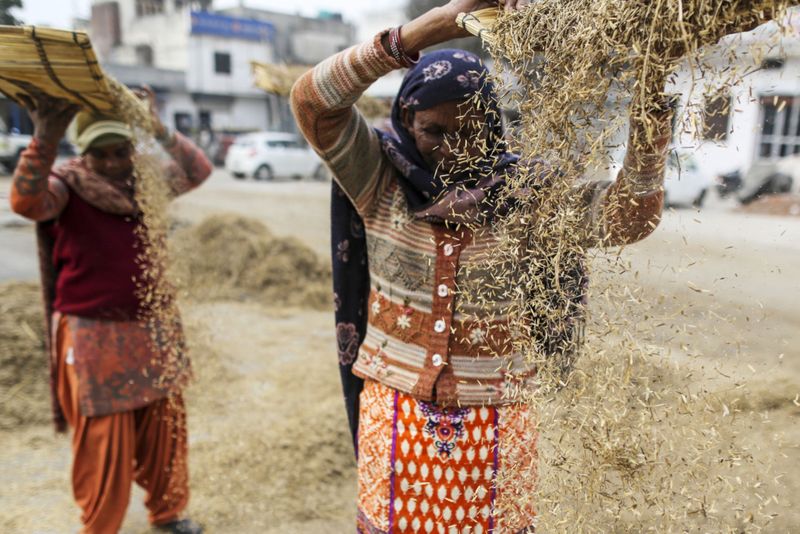
Is there an identification mark for fortified rice?
Fortified rice will be packed in jute bags with the logo (‘+F’) and the line “Fortified with Iron, Folic Acid, and Vitamin B12”.
Is fortification a new concept?
Fortification itself is not a new concept. It has served as a popular method of improving public health for more than 90 years. While over 30% of industrially milled wheat flour and almost half of industrially milled maize flour is fortified worldwide, efforts to fortify rice are relatively new. About 1 - 1.5% of industrially milled rice is fortified.
What other food is fortified?
Some of the common examples of fortified food are breakfast cereals, bread, eggs, fruit juice, soy milk and other milk alternatives, milk, yogurt and salt.
Are other countries fortifying rice?
Rice fortification is currently compulsory in six countries: Costa Rica, Nicaragua, Panama, Papua New Guinea, Solomon Islands and the Philippines. It is also mandatory in six states in the US.
In Costa Rica, since 2001, rice is required to be fortified with vitamins B₁ (thiamin), B₃ (niacin), B₁₂ (cobalamin), E, folic acid, selenium and zinc. Along with the fortification of salt, wheat flour and milk, this is considered to have helped improve the country’s micronutrient status.



